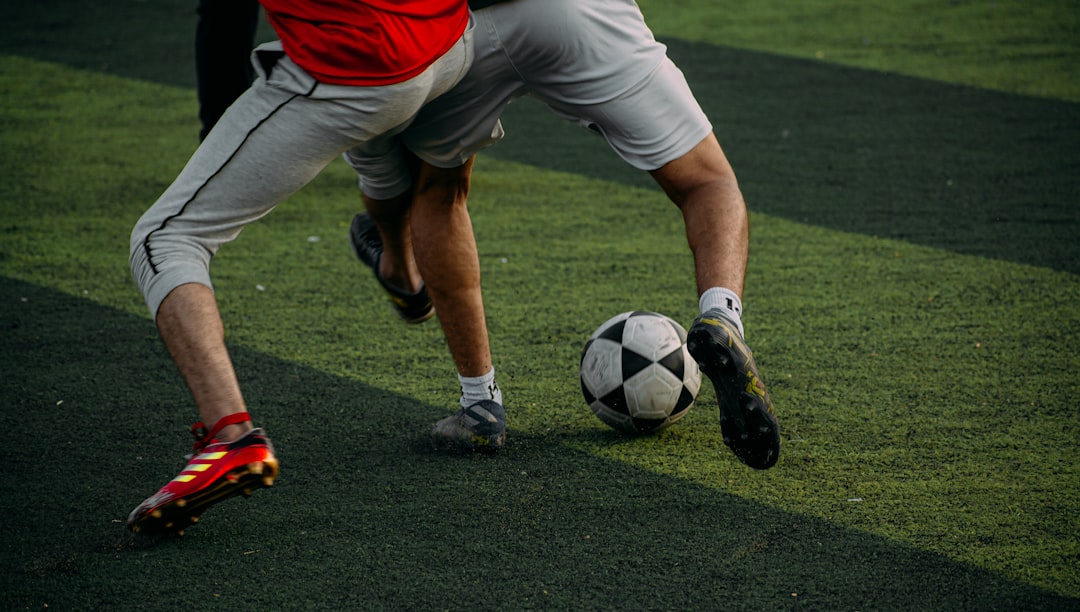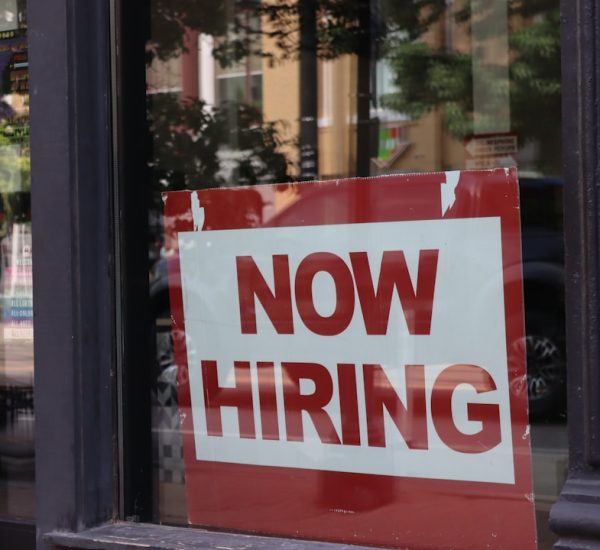Returning to sport after an injury or period of inactivity is not as simple as lacing up your shoes and diving back in. A structured and well-monitored graduated return to sport (RTS) plan is critical to ensure an athlete’s recovery, performance, and long-term health. Unfortunately, failing to follow such a strategy can lead to a myriad of complications, some of which may derail an athlete’s career or negatively impact their quality of life.

The Importance of a Graduated Return to Sport
A graduated RTS protocol involves systematically increasing an athlete’s participation in physical activity, ensuring that their body is adequately conditioned and healed at each stage. This process is designed in collaboration with healthcare professionals including physiotherapists, athletic trainers, and sports physicians. Skipping or rushing through this progression presents significant risks, both physically and mentally.
1. Re-Injury or Exacerbation
One of the most immediate and obvious risks of neglecting a proper RTS strategy is the likelihood of re-injury. For example, returning to high-intensity training before ligament tissues have healed fully can lead to a re-tear or worsened condition. In many cases, the second injury is more damaging than the first and may require more invasive interventions like surgery.
Key risks include:
- Re-tearing ligaments or tendons (e.g., ACL, Achilles)
- Exacerbating stress fractures or joint inflammation
- Increased recovery time due to cumulative damage
2. Chronic Pain and Long-Term Disability
Without careful progression, minor injuries can become chronic issues. Athletes who push their limits too early often report persistent pain, instability, and reduced mobility months or even years after their initial injury. This may eventually impair not just athletic performance but daily functioning.
Long-term impairments can include:
- Arthritis or degenerative joint disease
- Loss of full range of motion
- Muscle imbalances leading to gait or posture issues
3. Psychological Consequences
Beyond the physical toll, failing to follow a responsible RTS plan can have severe mental health implications. Athletes often feel pressure — whether internal or external — to perform, but this pressure can backfire, leading to increased anxiety, fear of re-injury, and loss of confidence.
Psychological challenges might include:
- Depression due to setbacks or inability to compete
- Obsessive return behavior, resulting in a harmful cycle of injury
- Isolation from peers or team activities

4. Compensatory Injuries
When athletes return to sport without regaining full functionality, they often compensate using other muscle groups or movement patterns. This adaptation can lead to overuse injuries in previously healthy areas. Compensatory issues are particularly common with injuries involving limbs or joints.
Examples include:
- Hip problems due to compensating for ankle instability
- Shoulder strain resulting from incomplete recovery after a wrist injury
- Back pain stemming from impaired core strength post-surgery
5. Disruption of Athletic Development
For youth athletes and professionals alike, an inappropriate return can interfere with long-term skill development and career progression. Coaches emphasize proper technique and discipline, both of which can be compromised when injury limitations are not respected.
Key developmental concerns:
- Loss of competitive advantage due to missed milestones
- Inconsistent performance levels
- Neglected technical training during recovery phases
Conclusion: Prevention Over Recovery
In the realm of sports and physical performance, prevention is always preferred over cure. A graduated return to sport strategy is not merely a formality — it is a critical component of sustainable athletic engagement. Athletes, coaches, and healthcare providers should work together to design individualized RTS protocols that honor the body’s need for healing, adaptation, and resilience.
Neglecting a proper return strategy exposes athletes to a cascade of physical, emotional, and professional setbacks. The smartest path to peak performance is a patient, informed, and well-supported one — and that begins with respecting the process of recovery.
Remember: Recover strong. Return smart.


